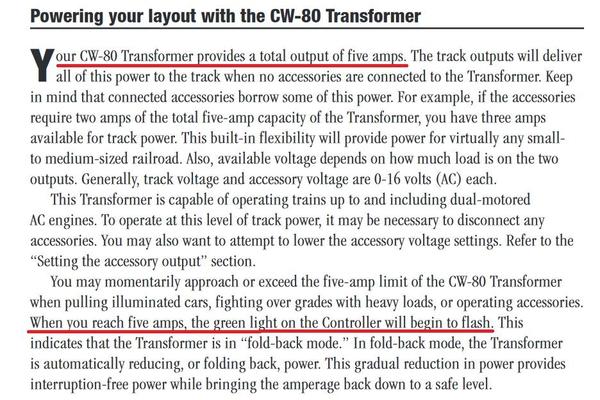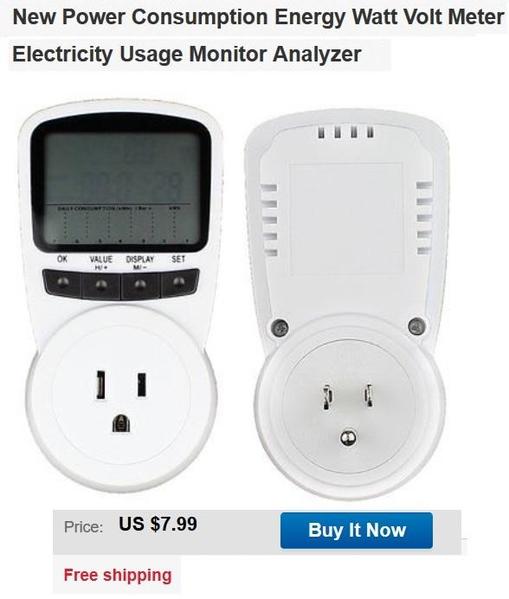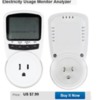Lately, I've been having difficulty getting my trains to run at a consistent speed on my small oval layout. I have a DCS TIU and I checked to make sure the wiring was correct (i.e, wires from the transformer attached to the 'accessory' knobs and to the TIU's "fixed voltage" knobs). The problem is most apparent in my PS2 Amtrak Genesis. I'm able to run it fine as an engine alone, but when I add my four Amfleets and dome car to the track, it barely moves and the lighting is extremely dim. I've tested other engines too, like the MTH RailKing Imperial ES44AC, and it seems to be fine alone as well. I don't think it's the battery in the Amtrak, because I got it repaired by a guy in Saginaw, MI (what a commute!).
Here are my specs:
- Lionel CW-80 transformer (I also have the cable for the auxiliary power input and I use that too).
- DCS TIU (very new; bought it a month ago).
- Lionel FasTrack (I cleaned these very recently, so there should be no problems with electrical contact with the pick-up rollers).
*Checked the track voltage on the DCS remote, and it said it was 7 or 8 volts. From what I've heard, it's supposed to be a minimum of 10 volts.
*Checked the DCS operating manual and noticed the CW-80 wasn't listed in the table for the compatible transformers.
Am I doing something wrong here? Do I need a different (and more expensive) transformer?










